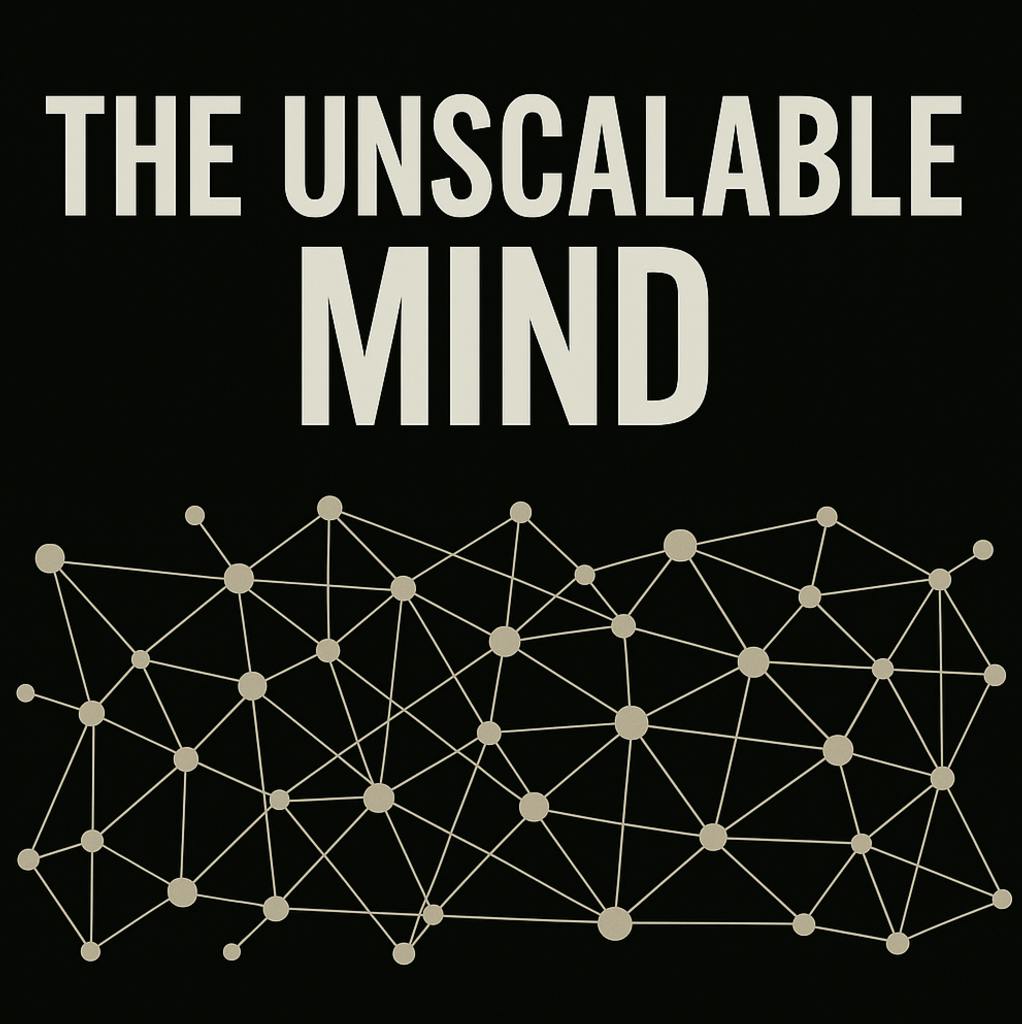#systems-thinking
#systems-thinking
[ follow ]
#innovation #resilience #leadership #cultural-intuition #ai-in-design #interconnectedness #feedback-loops
fromEfficient Coder
1 week agoIs AI Taking Your Dev Job? Here's The Fix (Plus a 100% Free Python Course) | EfficientCoder
Artificial Intelligence isn't just a buzzword anymore. It's sitting right there in your IDE. You might be asking: Is my job safe? Here is the honest answer. If your day-to-day work involves taking a clear set of instructions and turning them into code, your role is shaky. We have tools now that generate boilerplate, write solid SQL, and slap together UI components faster than any human.
Artificial intelligence
fromBusiness Insider
1 week ago'Godfather of AI' Geoffrey Hinton says computer science degrees 'will remain valuable' - and students should learn to code
Computer science degrees retain value by teaching systems thinking and problem-solving beyond routine coding, even as AI automates many programming tasks.
fromMedium
2 weeks agoThe AI era needs Sigma () shaped designers (Not T or )
The Σ-shape defines the new standard for AI expertise: not deep skills, but deep synthesis. This integrator manages the sum of complex systems (Σ) by orchestrating the continuous, iterative feedback loops (σ), ensuring system outputs align with product outcomes and ethical constraints. (Image source: Yeo) For years, design and tech teams have relied on shape metaphors to describe expertise. We had T-shaped people (one deep skill, broad awareness). Then M-shaped people (multiple hybrid disciplines).
Artificial intelligence
Software development
fromInfoQ
4 weeks agoQConSF 2025: Humans in the Loop: Engineering Leadership in a Chaotic Industry
AI automation shifts engineering work toward harder, higher-level responsibilities requiring monitoring, debugging, validation, and systems thinking with humans remaining essential in the loop.
Business
fromFortune
1 month agoFord CEO Jim Farley says the secret to climbing the corporate ladder flows through this department-and Tim Cook is proof it works | Fortune
Supply chain expertise best prepares professionals for C-suite leadership by developing strategic, operational, and systems-level problem-solving across geopolitics, technology, and logistics.
fromMedium
1 month agoFrom design to direction: Bridging product design and AI thinking
A lot has been written about the evolution of user experience since before I ever sat in a Barnes & Noble for hours, trying to understand what the letters "H, C, and I" even meant. In the twelve years since that moment, the tools we use have matured, the rules for interaction have solidified, and the role of design has expanded. We have become a bridge connecting users, businesses, and the technologies that serve them.
Artificial intelligence
fromPsychology Today
2 months agoFind Direction by Imagining Your Own Digital Twin
Erin is a smart cookie. She manages complex projects for a living. She maps dependencies, anticipates risks, and can predict how a small change will ripple through a system. Yet when it comes to her own life, her thinking feels fuzzy and reactive. She's brilliant at analysis, just not when the subject is herself or topics like parenting, communication with her partner, or what type of balance she wants.
Digital life
Startup companies
fromFortune
2 months agoI'm the founder of a $1 billion travel unicorn. Here's what growing up in hotel lobbies taught me about leadership | Fortune
Intentional operational details and repeatable rituals create the systems that drive scalability, trust, memorable experiences, and organizational adaptability despite technological automation.
fromBusiness Matters
2 months agoLeo Snetsinger on DevOps, Shrimp Farming, and Solving Problems
But Leo's expertise doesn't stop at tech. He also founded Homeland Shrimp, an indoor aquaculture business he engineered himself. His self-heating, closed-loop system is a blend of thermodynamics, automation, and sustainable thinking-designed to raise Pacific white shrimp efficiently and responsibly. Leo volunteers locally, helping seniors with yard care through a Sherburne County initiative. He also supports causes like Imagine Farm, which promote sustainable agriculture.
DevOps
Artificial intelligence
fromArchDaily
7 months agoBetween Algorithms and Ancestral Knowledge: Expanding the Concept of Architectural Intelligence
AI is transforming architecture by optimizing design processes, yet there's a need to balance data-driven approaches with sensory and contextual intelligence.
[ Load more ]




